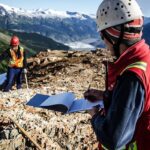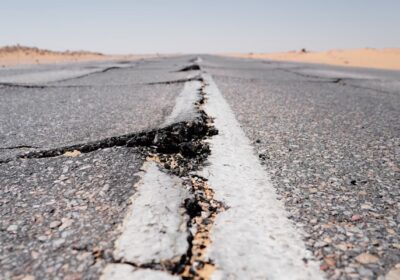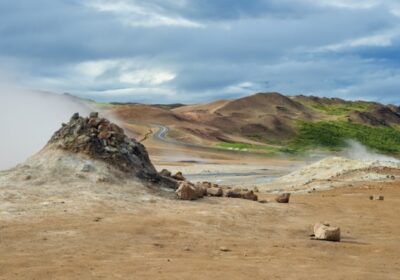
Resolution Scales: Unveiling the Clarity Spectrum
In the collaborative domain of agile teams, achieving integration extends beyond social and active dimensions to encompass empirical aspects. This exploration zeroes in on the empirical dimension, shedding light on the complexities introduced by the integration gap within subsurface data resolution scales.
Empirical Integration in Agile Environments
Agile teams, characterized by effective communication and harmonious workflows, also emphasize empirical integration. This ensures overlapping datasets for mutual calibration and correlation, enabling geologists, geophysicists, and geomodellers to collaborate seamlessly on tasks like creating bulk density curves, generating synthetic seismograms, and modeling porosity distributions.
Exploring the Role of Spatial and Vertical Resolution in Subsurface Investigations
A detailed examination of subsurface data resolution underscores the critical importance of spatial and vertical resolution. While geophysical data enlightens us about large, thick features, small-scale intricacies remain concealed. The integration gap, situated between spatial and vertical scales, introduces uncertainty into subsurface exploration.
Addressing the Integration Gap: Hurdles and Strategies
The integration gap poses challenges in subsurface exploration, influencing well-tie accuracy and contributing to uncertainties. Creative problem-solving and innovative approaches become essential to navigate this gap effectively, ensuring seamless collaboration among agile teams.
Connecting Small-Scale Well Data with Large-Scale Seismic Data
Navigating the space between small-scale well data and large-scale seismic data presents a unique dilemma. Vertical wells provide insights into thickness, while horizontal wells enhance spatial understanding. Bridging this scale gap remains crucial for accurate well-tie and reducing uncertainties in subsurface interpretation.
The Significance of the Integration Gap
The integration gap emerges as a key contributor to subsurface uncertainty, housing the well-tie and influencing interpretation accuracy. It is where the complexities of subsurface exploration come to the forefront, and understanding and addressing this gap become paramount for mitigating silos, promoting integration, and fostering cohesive teamwork among agile subsurface professionals.
Beyond Data Challenges
As we delve beyond technical challenges, the integration gap gives rise to silos, un-integrated behavior, and dysfunctional team dynamics. Recognizing and addressing this gap is not just a technical necessity but also a strategic imperative for enhancing collaboration and ensuring the seamless flow of information across agile teams.
Explore the endless possibilities in Seg, where “There’s Still Time” to discover new horizons.
Innovative Approaches to Overcome Challenges: Embracing the Fun in the Integration Gap
While the integration gap presents its set of challenges, it also injects an element of excitement into subsurface exploration. Creative problem-solving and innovative approaches become essential for navigating this gap, turning potential setbacks into opportunities. The ability to embrace the fun in overcoming challenges contributes to a dynamic and engaging work environment within agile teams.
Enhancing Well-Tie Accuracy through Data Calibration
Resolving resolution scales are intrinsically linked to achieving precise well-tie accuracy. Rigorous data calibration processes, focusing on small-scale well data and large-scale seismic data alignment, serve as the linchpin for minimizing uncertainties in subsurface interpretations.
Technological Strides in Resolution Precision
Recent technological strides are reshaping resolution precision in subsurface exploration. Advanced seismic imaging and machine learning algorithms have revolutionized the industry, allowing for unparalleled insights into geological structures.
High-resolution seismic data and sophisticated analytical tools are becoming instrumental, marking a significant shift in how resolution scales are approached and navigated.
Conclusion
Precision emerges as the driving force behind subsurface advancements. The focus on robust data calibration, technological breakthroughs, and practical lessons from industry cases collectively propels subsurface exploration into a new era of accuracy.
As agile teams adeptly conquer resolution challenges, the industry is poised for a future where exploration efficacy is heightened, and subsurface investigations attain unprecedented levels of precision.

















